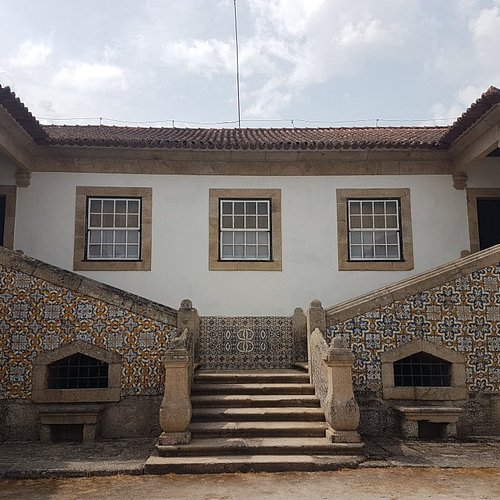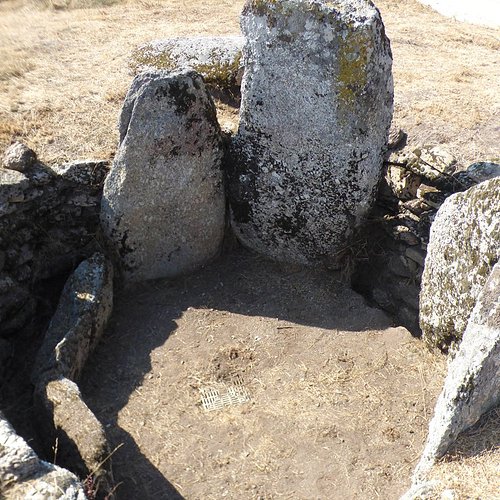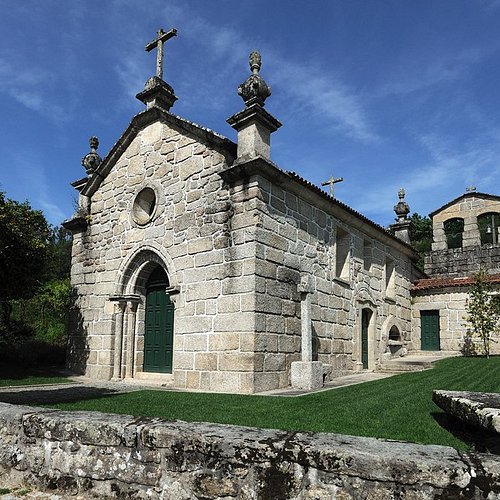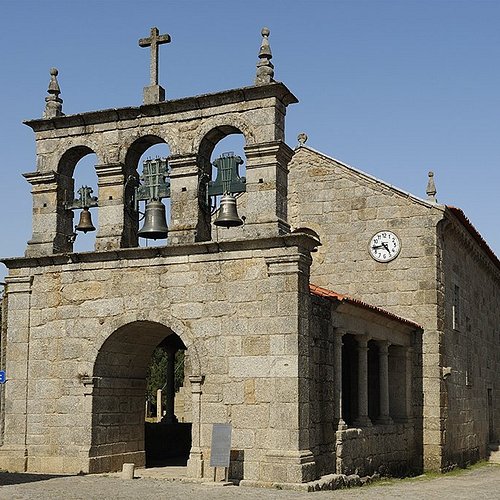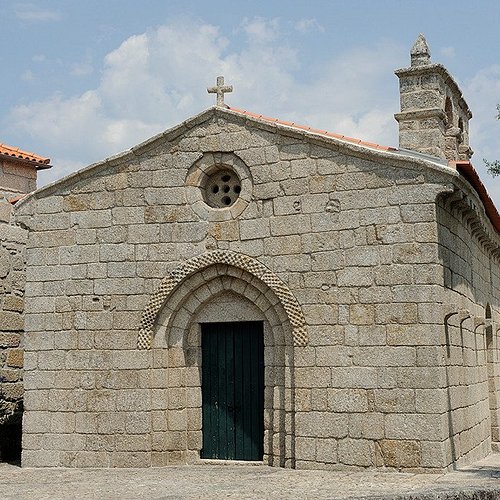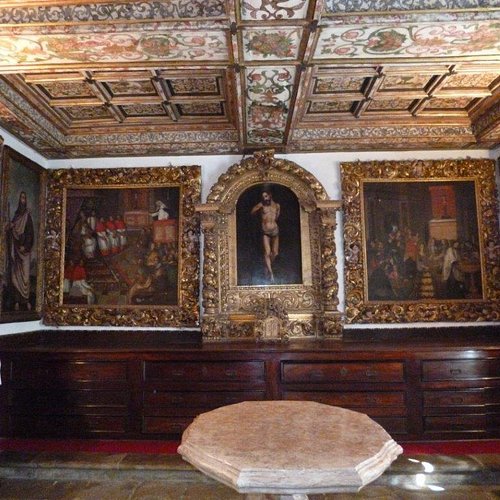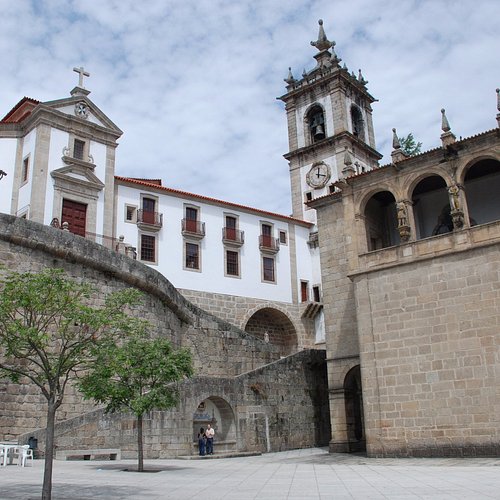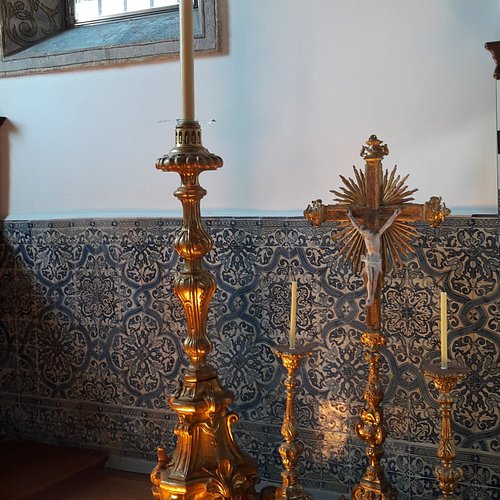Top 10 Sights & Landmarks in Amarante, Northern Portugal
Discover the best top things to do in Amarante, Portugal including Casa de Pascoaes, Conjunto Megalitico da Serra da Aboboreira, Church of the Saviour of Real, Church of Saint Andrew of Teloes, Church of Saint Mary of Gondar, Sao Goncalo Church, Ponte de Sao Goncalo, Convento de Sao Goncalo, Ponte de Fundo de Rua, Igreja de Sao Pedro.
Restaurants in Amarante
1. Casa de Pascoaes
2. Conjunto Megalitico da Serra da Aboboreira
3. Church of the Saviour of Real
Overall Ratings
5.0 based on 2 reviews
The former mother Church of Real (replaced in 1938) is a 14th-century building. The main façade reveals a period that was already announcing the arrival of the Gothic style: the portal has a slightly broken arch with no tympanum; the columns are slender and are topped by capitals whose sculpture is not so bulky or expressive. On the south façade there is still an arcosolium with a tomb, whose lid shows a carved sword. Inside, we can still see Romanesque consecration crosses inscribed in a circle.
4. Church of Saint Andrew of Teloes
Overall Ratings
5.0 based on 1 reviews
Once a monastic Church, in the 16th century, Telões was already secularised and was under the Collegiate of Guimarães, who held its right of patronage. This may explain the artistic campaign that led to the covering of the walls of the nave and the chancel with frescoes, from which only a fragment, depicting the birth of Jesus Christ (Nativity), remains. Built at the turn of the 12th to the 13th century, it underwent deep transformations over the following centuries. This Church is part of the Route of the Romanesque.
5. Church of Saint Mary of Gondar
Overall Ratings
5.0 based on 1 reviews
This small Church was built in the 12th century, fitting in the category of late Romanesque style. It was the seat of a female monastery that was probably founded by someone from the Gundares lineage. It was secularised in 1455 by D. Fernando Guerra, the archbishop of Braga. Its primitive Romanesque structure has undergone very few changes over the centuries. The outer archivolt of the main portal shows a chequered motif, which was very popular in Portuguese Romanesque style. This Church is part of the Route of the Romanesque.
6. Sao Goncalo Church
Overall Ratings
4.5 based on 276 reviews
Reviewed By kiwibuddy1 - Grand Bend, Canada
The striking St Goncalo's Church and Monastery anchors one end of the historic Ponte de Sao Goncalo. Construction of the present Church and Monastery began in 1543 and completed in 1620 on the site of a 13th century chapel.
7. Ponte de Sao Goncalo
Overall Ratings
4.5 based on 524 reviews
Reviewed By Gonen2014 - Haifa, Israel
The beautiful ancient Sao Goncalo Bridge, which crosses the Tamega River, is the bridge that lead you into the center of the town of Amarante and its beautiful ancient part. Before the present bridge, which was built in the 18th century, there was a medieval bridge here, which collapsed in 1763. It is likely that there was an earlier Roman bridge here too, because here was the Roman road that connected Amarante to Braga and Guimaraes.
8. Convento de Sao Goncalo
Overall Ratings
4.5 based on 22 reviews
Reviewed By CPC1911 - Sydney, Australia
Amarante was a really pleasant surprise. After the big hitting Ponte de Lima and Coimbra, this little town is really charming. Lots of winding laneways, cobblestone roads, quaint bridge, cake shops, handmade chocolates and more restaurants than you can poke a stick at. Up the hill from the bridge is the monastery and church of Saint Goncalo who is the patron saint of lovers in these parts. It’s not very big but had very detailed ornamentation of the central alter and various chapels. Sit down for a little while, reflect on life’s little joys, say a prayer for your friends and family and anyone in need of spiritual support. A peaceful place for reflection.
9. Ponte de Fundo de Rua
Overall Ratings
4.0 based on 1 reviews
Located on one of the two traffic channels that connect Amarante to the inner Tras-os-Montes and Alto Douro regions, the Bridge of Fundo de Rua, built over the river Ovelha, is a robust stone structure, possibly built in the 17th century in order to replace an older crossing.

